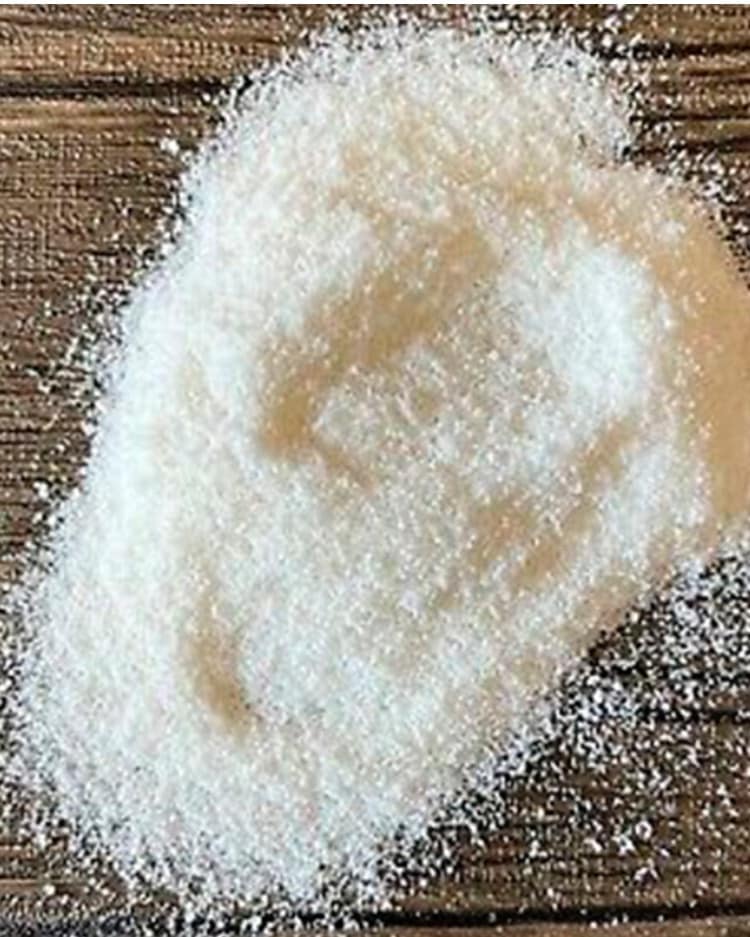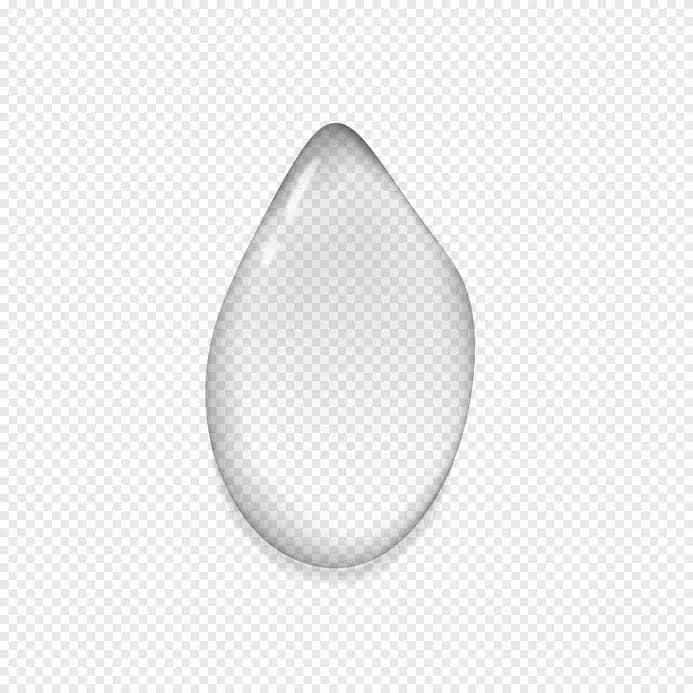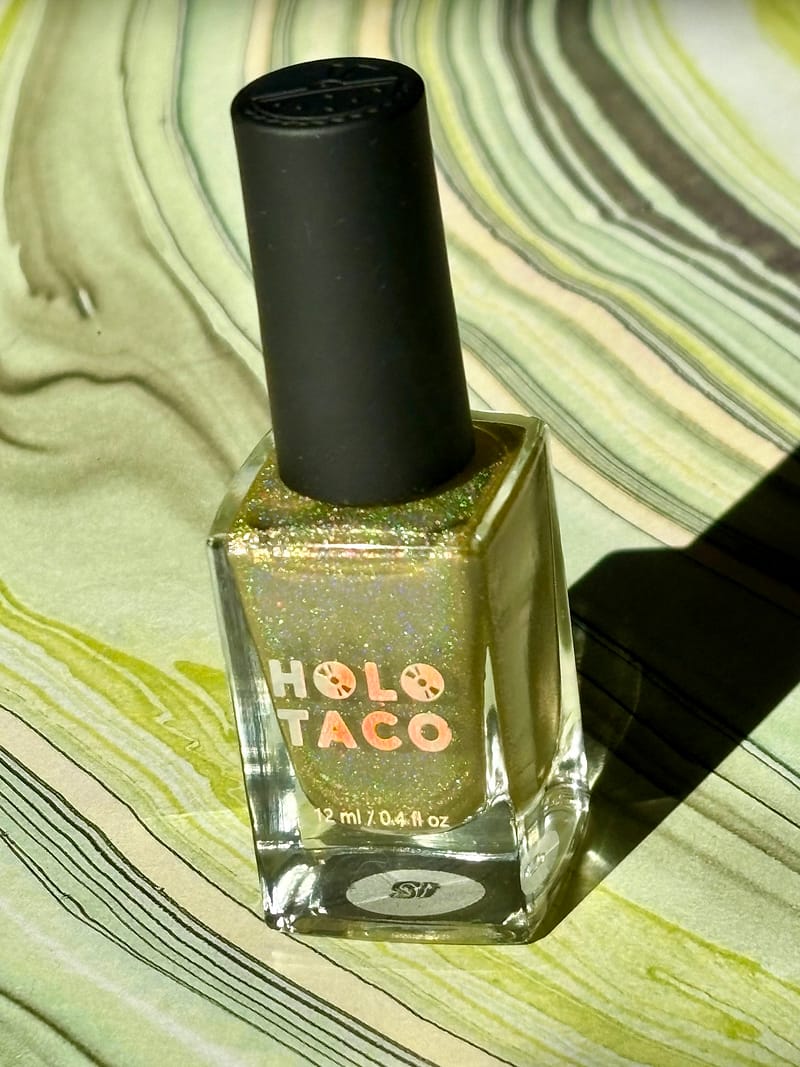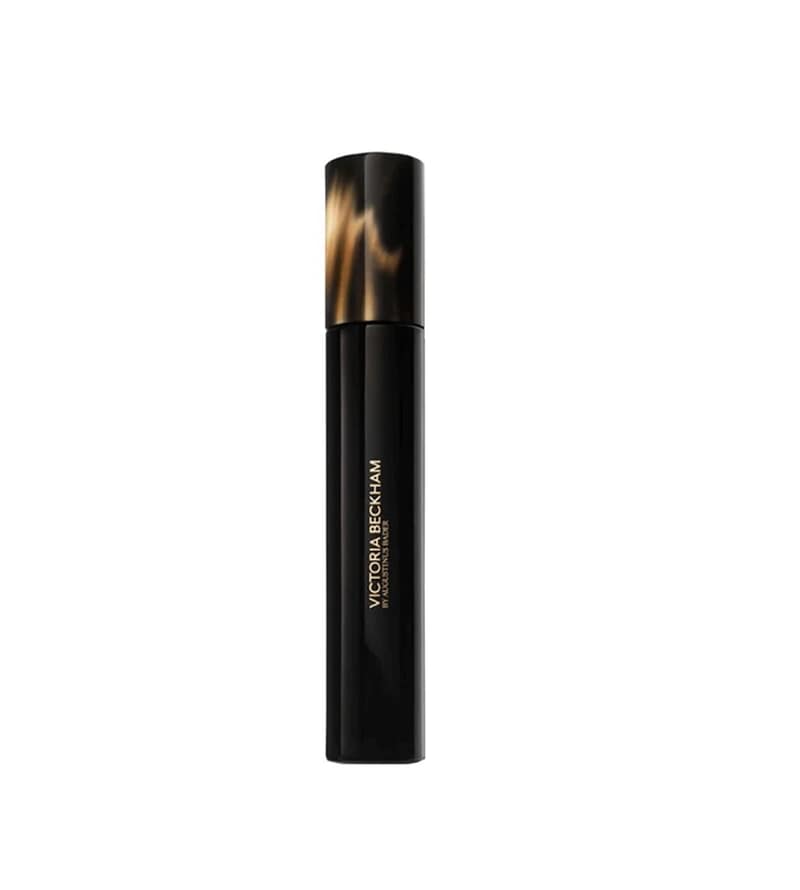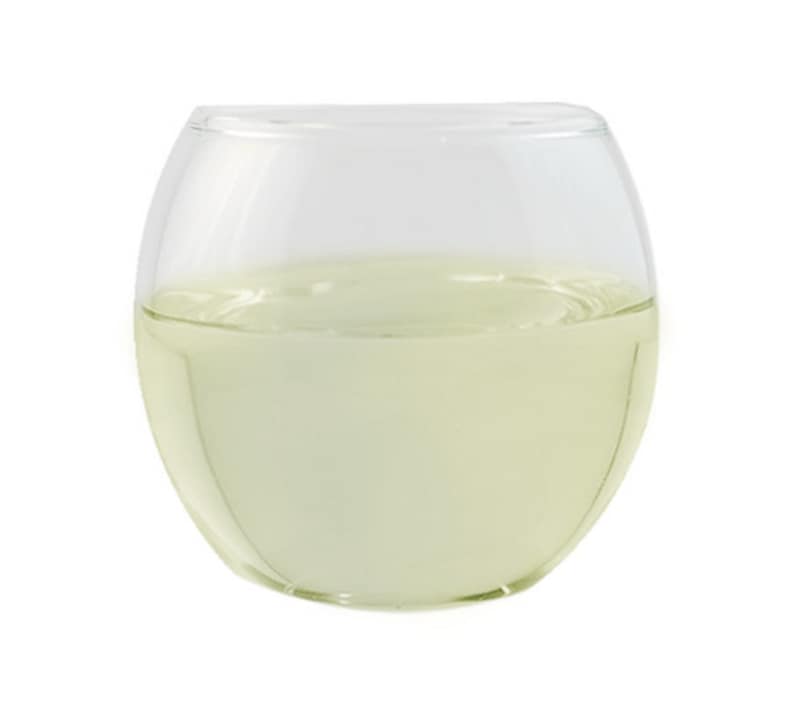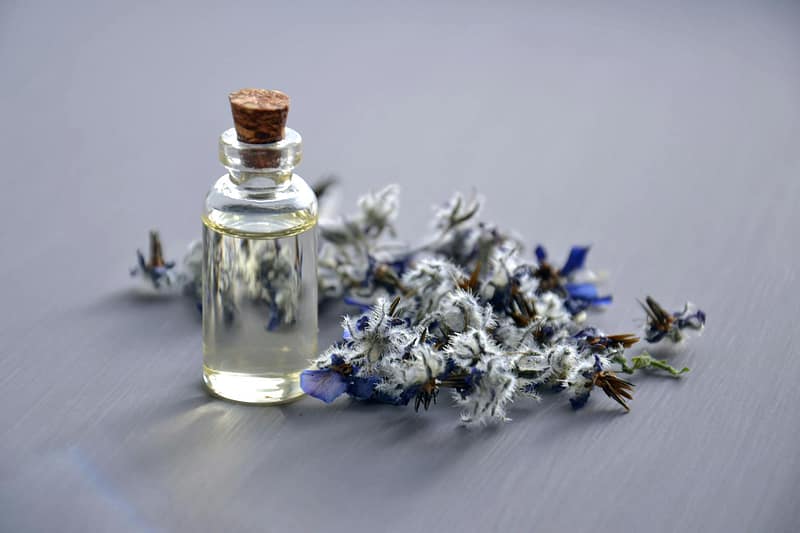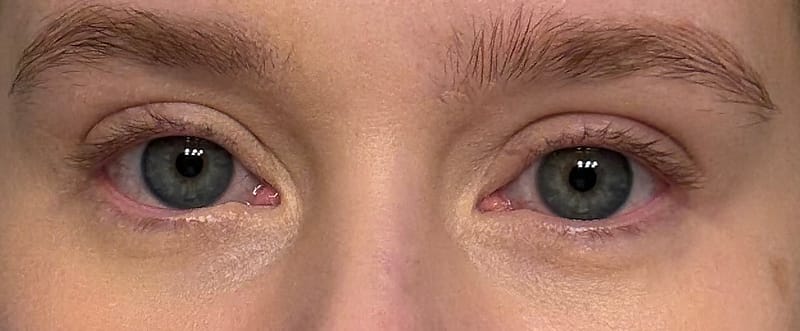When you flip over your moisturizer and squint at the ingredients list like you’re trying to read the fine print of a sketchy lease agreement, chances are you’ve seen sclerotium gum hanging out near the bottom. It sounds like something that escaped from a high school biology textbook, but no. It’s in your skincare, and it’s probably doing more heavy lifting than you think.

From Mushrooms to Moisturizer
At its core, sclerotium gum is a polysaccharide, which is a big, science-y word for “a chain of sugar molecules that like to stick together.” Unlike some ingredients that are whipped up in a lab from scratch, sclerotium gum comes from fermentation. A fungus called Sclerotium rolfsii is fed a carbohydrate-rich diet (think sugars and starches), and through the miracle of biology, it produces a gel-like substance. That goo gets purified, dried, and shipped off to become the texture-boosting hero of your lotion.
If that sounds vaguely familiar, it’s because we already trust fermentation with a lot of things—beer, yogurt, kimchi, soy sauce. Skincare chemists just decided to get in on the action. And honestly? Good call. Before the 1970s, the industry leaned on things like animal-derived gelatin and synthetic polymers to thicken formulas. But as brands shifted toward plant-based, eco-conscious ingredients, sclerotium gum became the cool, mushroom-based alternative that didn’t involve whales, cows, or petroleum byproducts.

Why Your Products Need It
Here’s the thing: most people don’t think about texture until it goes wrong. Imagine opening a moisturizer that separates into watery goo on top and thick sludge at the bottom. Not cute. Or picture a serum that slides down your face faster than you can rub it in. Not helpful. That’s where sclerotium gum saves the day.
It does several jobs at once:
- Thickener & stabilizer: It gives creams their velvety texture and keeps them from turning into puddles.
- Suspension agent: It holds pigments, powders, and active ingredients evenly throughout the formula so you’re not getting a “hot spot” of retinol one night and zero the next.
- Moisture helper: Thanks to its sugar structure, it binds water to your skin in a low-key humectant way. It won’t replace hyaluronic acid, but it’s a solid supporting player.
- Texture magician: Industry folks call it a “sensory modifier,” which basically means it makes things feel good.That luxurious glide you get when you spread on a serum? Sclerotium gum is in the wings making that happen.

The Pros and Cons of Mushroom Goo
Like every ingredient, sclerotium gum has its perks and its quirks.
On the plus side, it’s natural (fermented fungi beats petrochemicals any day), gentle (even sensitive skin types don’t usually complain), and biodegradable (your great-grandkids won’t find traces of it in a landfill). It also plays nicely with a wide range of ingredients, which makes it the kind of dependable friend every cosmetic chemist wants in their lineup.
But it’s not perfect. Sclerotium gum isn’t the ingredient that’s going to make your fine lines vanish or your acne scars fade. It’s not an “active” in the dramatic, visible-results sense, but it can repair damaged skin, hydrate skin and provide elasticity. It’s more like the stagehand who makes sure the spotlight is working so the star can shine. And if formulators overdo it? You get products that feel slimy or stringy, the dreaded “mushroom snot” texture. Plus, since it’s more expensive than some synthetic fillers, it can quietly nudge up the price tag of your favorite cream.

The Duct Tape, the Bassist, the Best Friend
If you need a metaphor to tuck in your back pocket, here’s one: sclerotium gum is the duct tape of skincare. It’s not flashy, but it quietly holds everything together so the whole system doesn’t collapse.
Or, if you prefer a musical metaphor, it’s the bassist in the band. The lead singer (your vitamin C, your retinol, your niacinamide) may grab all the attention, but without a bass line, the whole song falls flat.
Or maybe it’s the best friend in every teen rom-com. You know, the one who’s always there with snacks, emotional support, and brutal honesty, while the main character is off having a dramatic love arc. Nobody writes a movie about them, but the movie wouldn’t work without them.
That’s sclerotium gum. Not the star, but absolutely essential.

Final Verdict
Sclerotium gum is the supporting actor of skincare ingredients. You won’t notice it when it’s doing its job right, but you’d absolutely notice if it weren’t there. It’s what keeps your moisturizer silky instead of soupy, your serum smooth instead of sticky, and your actives evenly distributed instead of clumped in a corner.
So the next time you flip over a product label and see sclerotium gum near the bottom, give it a little nod of respect. It may not be the star of the show, but without it? The whole performance would fall apart.
Further Reading:
Santaella-Lam, Mercedes. “Sclerotium Gum.” Paula’s Choice Skincare.
“Sclerotium Gum.” Special Chem. December 23, 2022.
Silva, Rita. “Ingredient Review: Sclerotium Gum.” Cosmetics and Toiletries. January 31, 2022.
“What Is Sclerotium Gum and What Is Its Purpose?” Typology.
